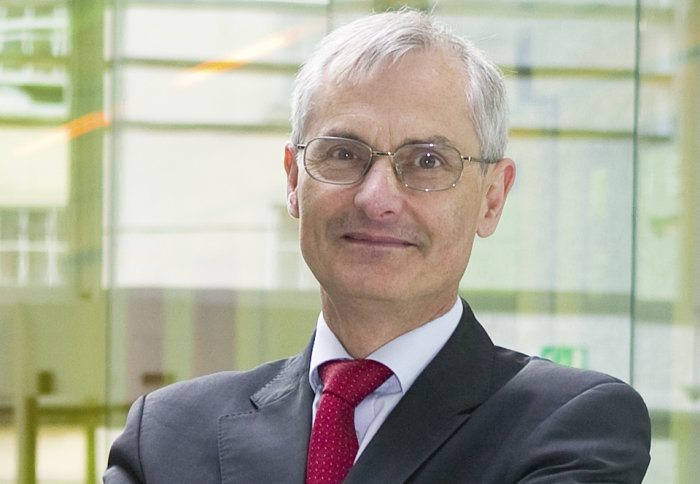The 2019 IoM3 Platinum Medal is awarded to Professor Roger Whatmore

Professor Roger Whatmore
The Institute of Materials, Minerals and Mining (IoM3) has this year awarded their Platinum Medal to Professors Roger Whatmore and Robert Young.
The Institute of Materials, Minerals and Mining (IoM3) has awarded the Platinum Medal to Professor Roger Whatmore of Imperial College London’s Department of Materials. In recognition of his outstanding record of research accomplishment in both industry and academia in the field of ferroelectric materials and their application in electronic systems. The Platinum Medal is one of the IoM3’s premier awards and in 2019, it is awarded jointly to Professor Whatmore and Professor Robert Young of the University of Manchester.
Professor Roger Whatmore started his career in industry in the mid-1970’s, leading ferroelectric materials research at Plessey Research (later GEC Marconi) Caswell, where he developed two world-leading families of ferroelectric ceramics for pyroelectric infra-red sensors and thermal imagers. These were used by Plessey & GEC in a wide range of products, from intruder sensors to thermal imagers, including a fire-fighting camera that was widely exported and won the 1993 Prince-of-Wales Award for Innovation and he was awarded GEC’s Nelson Gold Medal in the same year.
In 1994 he moved to Cranfield University, where his team developed ferroelectric ceramics and thin films for micro and nanotechnology applications. During this period, he worked in collaboration with a Cambridge University team, discovering giant electrocaloric effects in ferroelectric thin films. The publication of this work in Science triggered a global upsurge in interest in electrocaloric materials and their applications. He is one of the world’s most-highly cited authors for his work in pyroelectric and electrocaloric materials. In 1996 he was one of the founders of IRISYS Ltd., who make low cost pyroelectric arrays for retail footfall monitoring (e.g. the Tesco “one-in-front” queue monitoring system) and low-cost thermal imaging, being acknowledged as leaders in this field.
From 2006 to 2012 he was Chief Executive of Tyndall National Institute in Cork, Ireland which develops electronic materials, devices and systems, overseeing growth from 300 people in January 2006 to over 460 in December 2011. Whilst there, he also initiated and led ferroelectric thin films research that gave the first demonstration of magnetically-induced switching of ferroelectric domains in Aurivillius multiferroic thin films. He continues to research ferroelectric materials and collaborates widely.
Professor Whatmore is a Fellow of the Royal Academy of Engineering, a Member of the Royal Irish Academy, a Fellow of the Irish Academy of Engineering, a Fellow of the Institute of Materials, Minerals and Mining, a Fellow of the Institute of Physics, a Member of the IEEE and a Member of the American Ceramic Society.
Article text (excluding photos or graphics) © Imperial College London.
Photos and graphics subject to third party copyright used with permission or © Imperial College London.
Reporter
Caroline Detchenique
Department of Materials